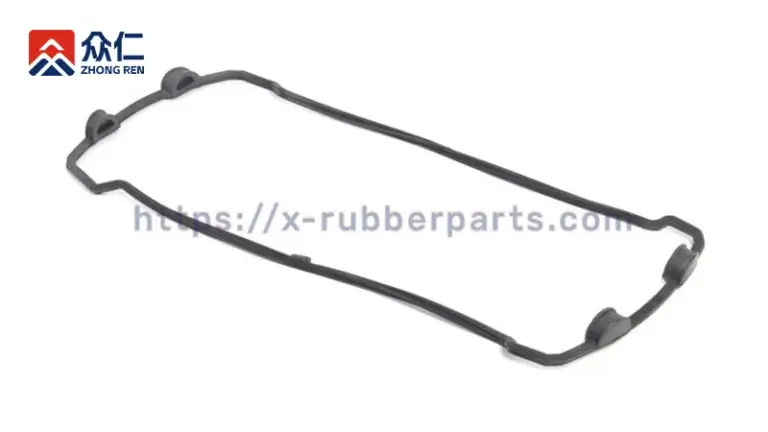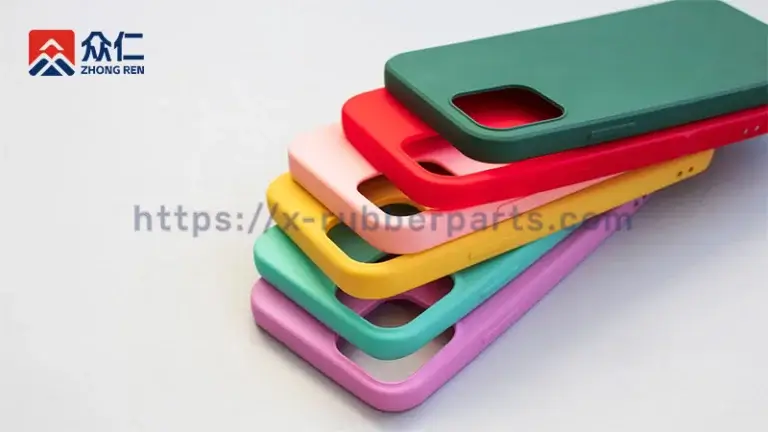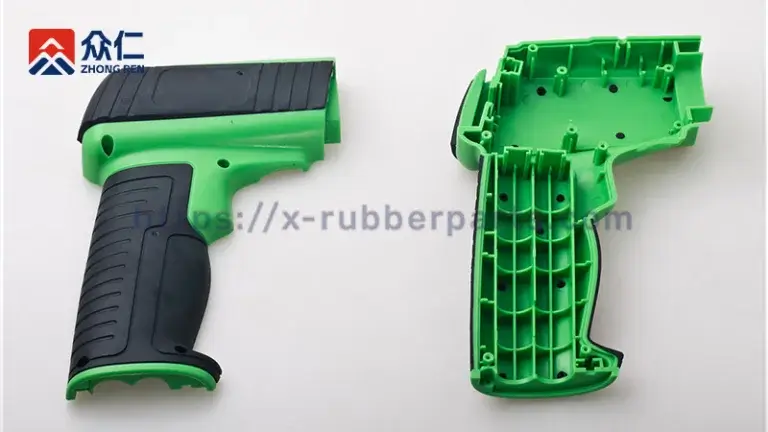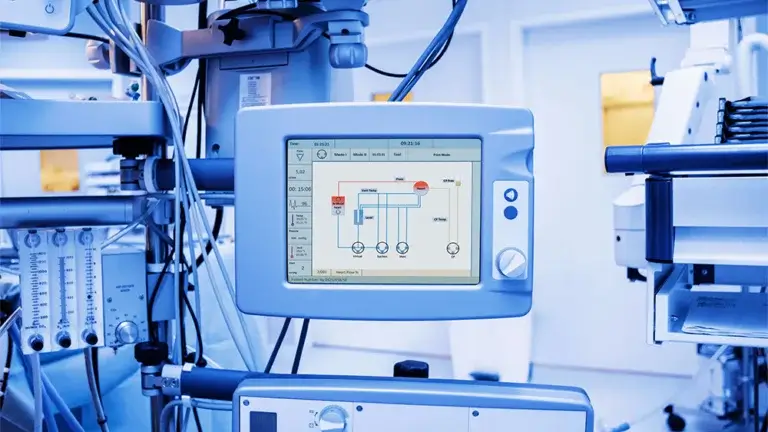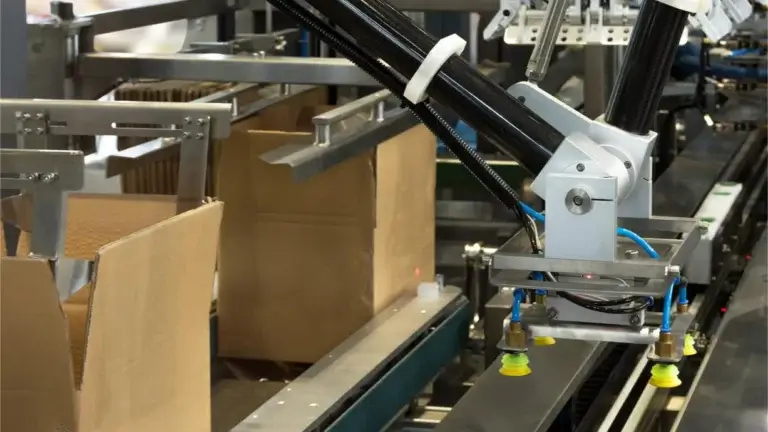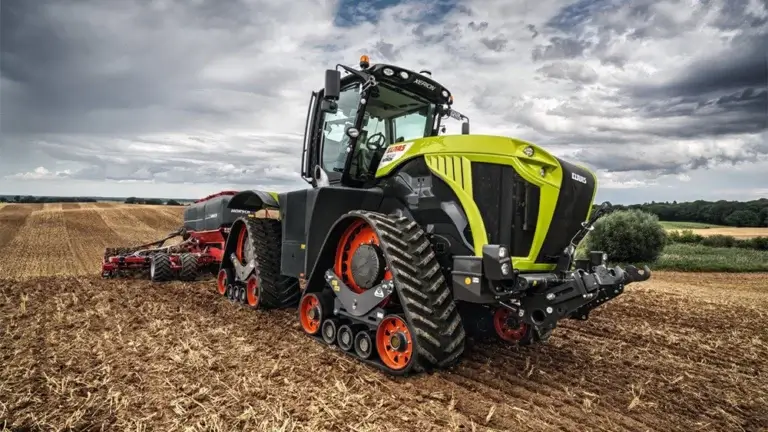
TPE Molding
Thermoplastic Elastomers Molding
Expert thermoplastic elastomer (TPE) molding services, providing you with high-quality, durable, and flexible solutions tailored to your needs. Transform your product ideas into reality with our specialized expertise.
Our Types of TPE Processes
We specialized in diverse types of TPE processes, featuring injection molding for precise, consistent parts and overmolding for seamless integration of different materials.

TPE Injection Molding
TPE injection molding is a manufacturing process that combines the properties of thermoplastics and elastomers, allowing for the production of flexible, durable, and chemically resistant parts with intricate designs, while also enabling efficient production cycles and recyclability of materials.- Advantages
- Elasticity and Flexibility: TPEs exhibit excellent elasticity, returning to their original shape after deformation.
- Durability: They are resistant to wear, UV radiation, and various chemicals, making them suitable for diverse applications.
- Design Flexibility: The process allows for complex shapes and designs, enhancing product versatility.
- Efficiency: TPE injection molding is known for shorter cycle times and cost-effectiveness, particularly in large-scale production.

TPE Overmolding
TPE overmolding is a specialized process that combines thermoplastic elastomers (TPE) with rigid substrates to enhance product functionality and aesthetics, resulting in features such as improved grip, shock absorption, and chemical resistance, while creating a soft-touch surface that enhances user comfort and ergonomics.- Advantages
- Enhanced Grip: TPE provides anti-slip properties, improving the handling of products like tools and electronics.
- Durability: The overmolding process adds a protective layer that increases resistance to wear, impact, and environmental factors.
- Seamless Bonding: The process allows for strong adhesion between TPE and the underlying material without the need for adhesives, ensuring a cohesive final product.
Thermoplastic Elastomer Parts in Different Materials
Get inspired by our impressive collection of previous works, showcasing our expertise in custom TPE molding parts in different materials.
Our Quality Control
At Zhongren, we are committed to delivering products of the highest quality through our robust quality control measures. Our stringent quality assurance process is implemented at every stage of production, from material selection to final inspection. With advanced testing equipment and adherence to strict quality control standards, we ensure that every product meets rigorous criteria for performance, reliability, and customer satisfaction.

Incoming Material Inspection
We meticulously inspect and verify the quality of raw materials before they enter our production line.
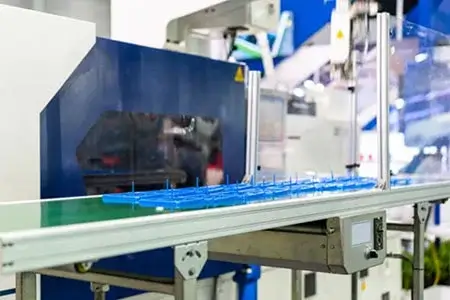
In-process Quality Checks
Our skilled technicians conduct regular quality checks during the manufacturing process to ensure consistency and adherence to specifications.

Final Inspection
Each finished product undergoes a thorough inspection to verify its quality, functionality, and adherence to customer requirements.
TPE Molding for Various Industrials
Zhongren Rubber & Plastics provides critical rubber and plastic custom molding solutions across a multitude of demanding aplications and indutries.
Related Services
Explore the wide range of services we offer, including various processes that address your specific manufacturing needs.

Plastic Molding
We offer a comprehensive range of plastic molding services to meet your specific requirements. From design to production, we are committed to providing exceptional precision.

Plastic Bonding
With our expertise in plastic molding, we extend our capabilities to plastic bonding, ensuring seamless connections between different plastic components.

Rubber Bonding
Our rubber bonding service providing seamless connections between rubber and metal, rubber and plastic.

Urethane Molding
We offer polyurethane molding through injection molding and cast urethane molding processes.
Thermoplastic Elastomers Molding FAQs
Here are some frequent questions you might interested. If you have more questions, please move to our FAQ page or contact us.
What are the common applications of TPE molding?
TPE molding is widely used in various industries, such as automotive, consumer goods, medical devices, and electronics. Some common applications include seals, gaskets, grips, and overmolded components.
Can TPE molded parts be painted or coated?
Yes, TPE molded parts can be painted or coated, but the adhesion of coatings may vary depending on the TPE formulation and surface characteristics. Surface preparation and the choice of compatible coatings are essential to ensure proper adhesion and long-term durability.
What post-processing options are available for TPE molded parts?
Post-processing options for TPE molded parts may include trimming, deburring, welding, assembly, pad printing, and additional surface finishing techniques. These post-processing steps help achieve the desired final appearance and functionality of the TPE parts.
What factors should be considered when working with TPEs?
When working with TPEs, factors such as melting temperature, pressure, mold design, and the specific physical properties of the chosen TPE grade should be carefully considered to ensure successful processing and high-quality parts.
